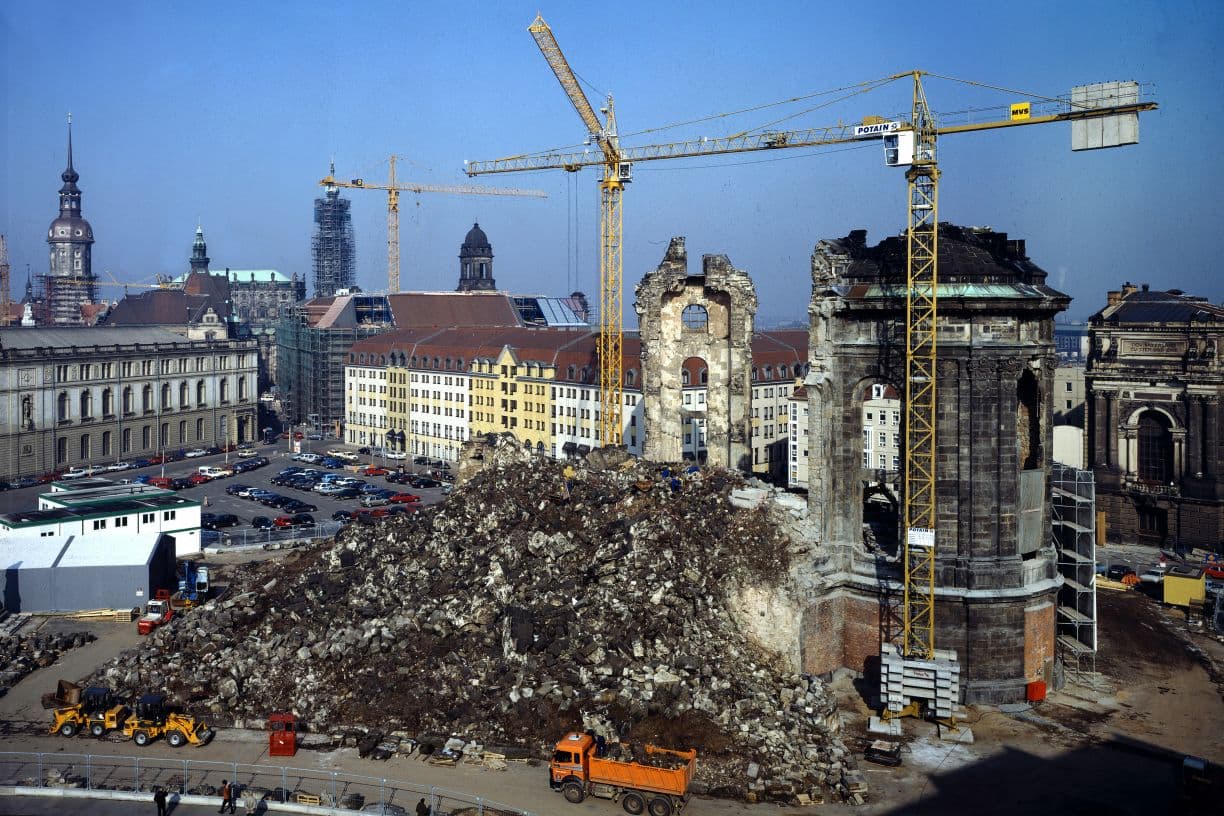2002 Citizen Referendum Fuels Two Decades of Dresden's Historic Reconstruction

Dresden, Germany – The historic heart of Dresden has undergone extensive reconstruction over the past two decades, a direct result of a decisive municipal referendum held in 2002. Citizens overwhelmingly voted in favor of rebuilding the city's war-damaged center, leading to a significant transformation where, as stated in a recent tweet by Samuel Hughes, "Every building pictured dates from the last twenty years." This initiative has reshaped the urban landscape, restoring much of its pre-war Baroque character.
The 2002 referendum was spearheaded by the Society for the Historic Neumarkt (Gesellschaft Historischer Neumarkt), a citizen-led organization formed in 1999. This group successfully gathered 80,000 signatures, prompting the vote that saw over 60,000 residents support a historically accurate reconstruction of the Neumarkt square. This public mandate set a clear direction for the city's urban development in the years that followed.
Dresden's city center was largely devastated by Allied bombings in February 1945 during World War II. In the post-war period, under East German rule, much of the city was rebuilt in a modernist style, and the ruins of iconic structures like the Frauenkirche were left as memorials. The reunification of Germany sparked a renewed desire to restore the city's historical identity, often referred to as the "Florence on the Elbe."
Key projects stemming from this public will include the painstaking reconstruction of the Frauenkirche, completed in 2005, and the systematic rebuilding of the surrounding Neumarkt area, divided into eight quarters, many of which are now complete. Other significant landmarks, such as the Zwinger Palace and the Semperoper, have also seen extensive restoration efforts, aiming to replicate their original grandeur.
However, the reconstruction efforts have not been without controversy. The construction of the Waldschlößchenbrücke, a new bridge across the Elbe, led to UNESCO delisting the Dresden Elbe Valley as a World Heritage Site in 2009, citing concerns over the destruction of the cultural landscape. This decision came despite a separate 2005 local referendum where 67.9% of voters supported the bridge's construction. Debates also persist regarding the authenticity of modern reconstructions versus the integration of contemporary architecture, exemplified by the strikingly modern New Synagogue.